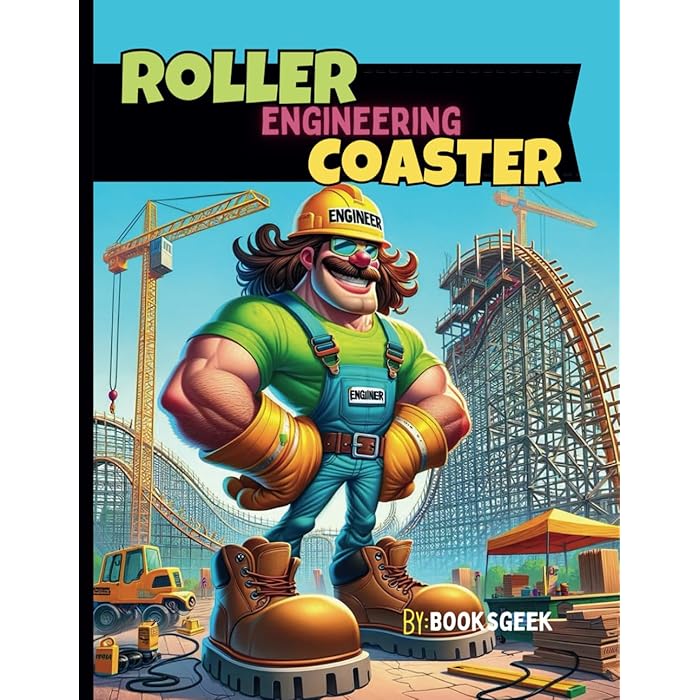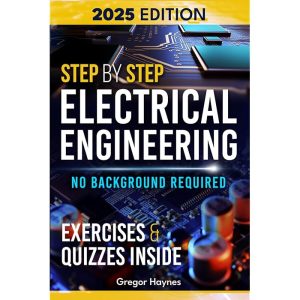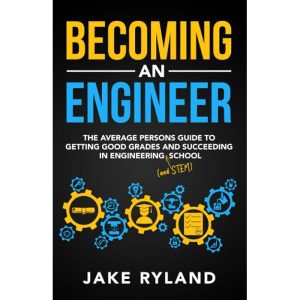Description
Designing and engineering a roller coaster involves a fascinating combination of creativity, physics, and safety considerations. A roller coaster is a type of amusement ride that uses gravity and inertia to propel a train of cars along a track, providing thrilling experiences through sharp turns, loops, drops, and climbs. Below are the key steps and concepts involved in the design and engineering of roller coasters:
### 1. **Concept and Theme**
– **Ride Experience**: Designers start with the intended experience: the thrill level, speed, type of sensations (airtime, inversions, speed), and the general theme of the coaster (e.g., futuristic, wild west, or fantasy).
– **Target Audience**: The design will depend on the target group—family-friendly coasters, high-speed thrill rides for adults, or even kiddie rides.
### 2. **Track Design**
– **Shape and Path**: The track needs to be designed to create smooth and thrilling experiences. Curves, hills, and drops are carefully planned to maximize excitement. Computer simulations help design the best course for the coaster’s motion.
– **Vertical and Horizontal Curves**: Roller coasters are usually designed with various types of curves—banked, twisted, or steep for different effects.
– **Elevation Changes**: The ride’s structure involves high hills (drops) and valleys (low points), which create changes in speed and acceleration.
– **Inversions**: Loops, corkscrews, and other inversions are designed to flip the riders upside down or spin them.
– **Track Materials**: Roller coasters can be made from steel or wood, with steel offering more flexibility for extreme curves and heights, while wooden coasters often provide a different, rougher ride experience.
### 3. **Physics and Engineering**
– **Gravity and Speed**: Roller coasters rely on gravity to drive the ride. The highest point of the coaster, the “lift hill,” provides potential energy, which is converted into kinetic energy as the train descends, accelerating it to high speeds.
– **Acceleration and Deceleration**: Engineers calculate the acceleration at various points in the ride. Sudden changes in speed, particularly during drops or sharp turns, create G-forces that make the ride thrilling.
– **G-forces**: The track is designed to ensure that riders experience various forces. Positive G-forces are felt during drops or upward inclines, while negative G-forces (airtime) occur during moments of weightlessness, such as going over hills.
– **Inertia and Momentum**: These physical forces are carefully considered to ensure the roller coaster maintains enough speed throughout the track, especially through high-speed turns or inversions.
### 4. **Safety**
– **Redundancy and Security**: Coaster designers must follow strict safety protocols to ensure that riders are safe. Restraints like seat belts, lap bars, or over-the-shoulder harnesses are used to secure riders in place.
– **Track and Car Testing**: Before opening to the public, the entire system is rigorously tested. This includes simulations and real-world testing to ensure the cars remain on the track, are properly secured, and don’t pose a risk of derailment or excessive forces on the riders.
– **Braking Systems**: Effective braking systems are necessary to control the speed of the roller coaster and bring the ride to a smooth stop. These systems can be magnetic (using electromagnetic brakes), friction-based, or a combination of both.
– **Escape Routes and Emergency Systems**: Designers must also include emergency protocols, including manual overrides, backup power systems, and emergency evacuation routes.
### 5. **Car and Train Design**
– **Car Configuration**: The configuration of the cars impacts the ride experience. A roller coaster may have single or multiple trains, each with multiple cars, and sometimes seats face forward, backward, or even sideways.
– **Ride Comfort**: Engineers must ensure the comfort of riders by minimizing harsh forces or uncomfortable positions during the ride. Design elements, like padded seats and optimal track shaping, help achieve this balance.
– **Train Materials**: Materials such as steel and lightweight composites are used to minimize weight while maintaining strength, ensuring the train moves efficiently along the track.
### 6. **Simulation and Testing**
– **Computer Simulations**: Before building a coaster, engineers run computer simulations to model the ride dynamics, test different configurations, and predict forces. These models help engineers optimize the track layout and ensure the ride meets safety and experience goals.
– **Real-world Testing**: The final phase of testing involves running the coaster with dummies and riders to gather feedback on comfort, speed, and safety.
### 7. **Construction and Installation**
– **Foundation**: Roller coasters require a strong foundation due to the immense forces exerted on the structure. This involves deep foundations and careful site preparation.
– **Construction Materials**: High-quality materials such as steel, concrete, and sometimes wood (for wooden coasters) are used for track construction. Steel coasters are more commonly used for modern, high-speed coasters due to their flexibility and strength.
– **Assembly**: Construction crews work to piece together the track and install the cars, motors, lift hills, and other mechanical components.
– **Testing and Fine-tuning**: Once the coaster is built, a series of tests are conducted to fine-tune the speed, braking, and ride quality. Adjustments are made to ensure a smooth and thrilling experience.
### 8. **Technology Integration**
– **Ride Control Systems**: Roller coasters often use advanced control systems to manage the ride. These systems include sensors to monitor speed, car position, and track conditions, adjusting the ride dynamics as needed.
– **Sound and Visual Effects**: Many modern roller coasters incorporate soundtracks, lighting effects, and even virtual reality (VR) to enhance the ride experience.
### 9. **Maintenance**
– **Regular Inspections**: Roller coasters require regular maintenance to ensure safety and performance. Tracks are inspected for wear and tear, and mechanical systems, including brakes and lift motors, are maintained.
– **Track Maintenance**: Steel tracks are susceptible to wear, while wooden coasters require periodic rework of their wooden components.





Reviews
There are no reviews yet.